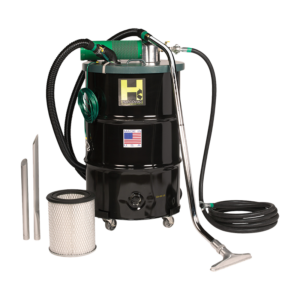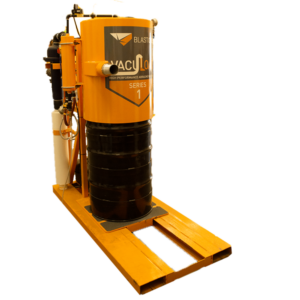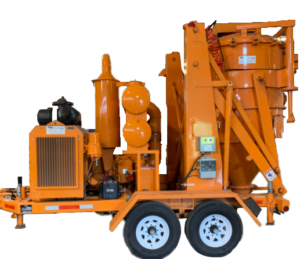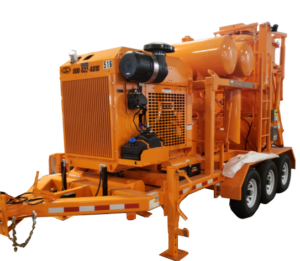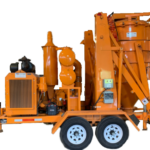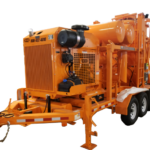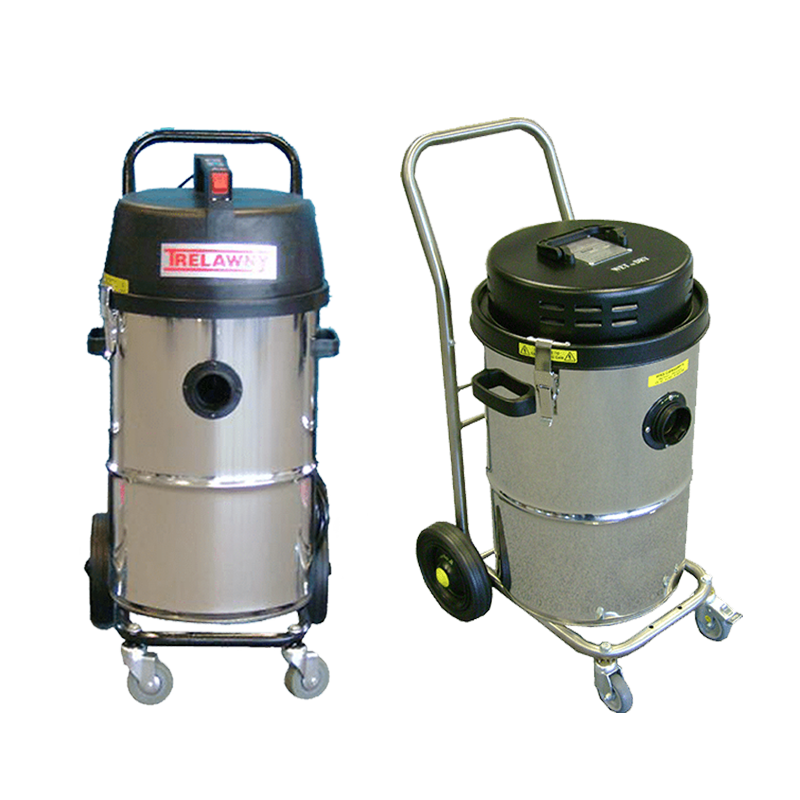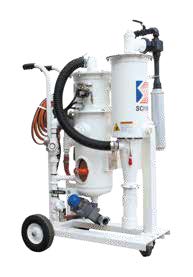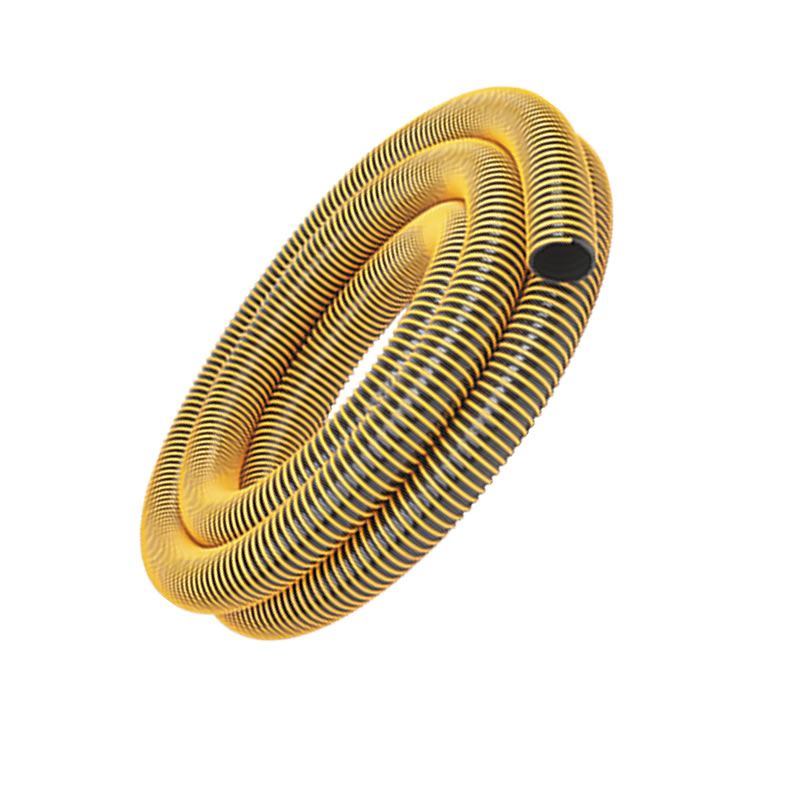Jobsite cleanup is the final necessary task in completing any project and no one enjoys the activity. It can be both time consuming and costly. A vacuuming recovery system is a significant improvement over the typical broom and shovel strategy. In this week’s Primed Insight Vince explains the mechanics of the Vacuload 1 system as well as giving a quick demonstration as to how powerful the suction truly is.
Time is money and thus any tool that improves efficiency also improves profitability. BlastOne offers many models of our Vacuload recovery systems for rental/hire which provides companies the option of speedy clean up without any investment expenditure. The system operates from the your jobsite air compressor and doesn’t need any electrical hookups.
The video referenced Vacuload 1 has many uses:
- Vacuum recovery of bulk abrasives
- Vacuum loading of blast pots
- Acting as vacuum source for vacuum blasting
- Vacuum shrouded hand tools
The Vacuload 1 has a built in filter cartridge to capture lead dust. This filter is self cleaning with the built-in pulse system.
Depending on your compressor and requirements, the Vacuload system utilize venturi-style eduction nozzles ranging from 150 cfm to 550 cfm.
NOT JUST A FANCY SHOP VAC
To see how powerful the Vacuload 1 truly is, watch the video and see how quickly the powerful suction of a 350cfm implodes a non-reinforced drum barrel
 My Account
My Account

